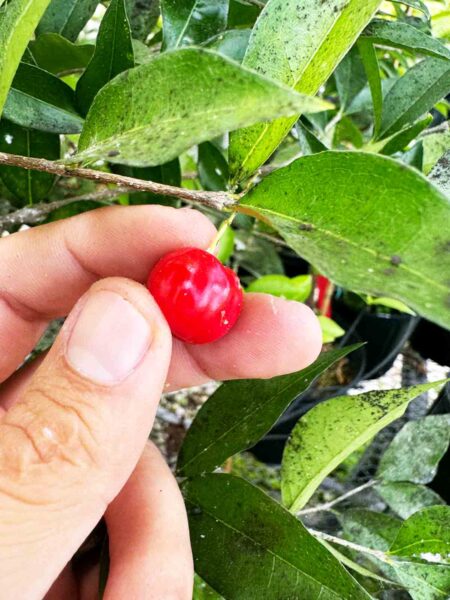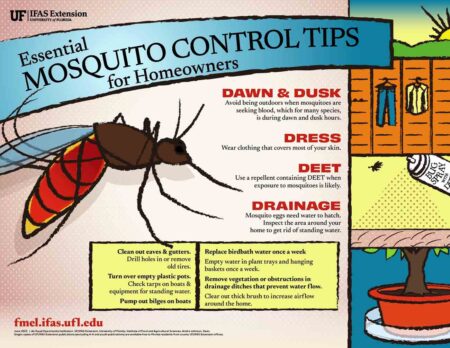It’s normal for old bark to flake off on crape myrtles during late spring and summer as the trunk and limbs grow in caliper. Underneath, the new bark on many hybrids is beautiful with colors ranging from near-white to warm beige to orange to cinnamon-brown to bright red.
NICEVILLE, Fla —
Q. I recently noticed an odd raised ridge of corky looking growth on the branches of a five-year-old sweetgum tree in my landscape. Does my tree have a problem?
A. The growth on the limbs is nothing to worry about. It’s a normal growth found on sweetgum trees. This corky-like growth is more common on some sweetgums than others. Almost anything you read about this tree will include information on this growth. In my opinion, it’s an interesting feature of this tree. Winged elms also have this interesting corky-like growth on their branches.
Q. Why is my crape myrtle’s bark peeling?
A. It’s normal for old bark to flake off on crape myrtles during late spring and summer as the trunk and limbs grow in caliper. Underneath, the new bark on many hybrids is beautiful with colors ranging from near-white to warm beige to orange to cinnamon-brown to bright red. The colorful bark persists through winter until fading in late spring when the process starts over again.
Q. I’m seeing small flying roaches that come into my house at night. What are they, where did they come from and how can I control them?
A. These are Asian cockroaches, which are native to Asia. I started seeing them in our area about 20 years ago. They live outside in mulch, lawns, etc. They occasionally fly indoors at night, attracted to lights. They don’t live long indoors, though, because of the lack of sufficient humidity indoors. Insecticide baits (labeled for roach control) that contain fipronil or hydramethylnon applied to areas outside where the roaches are found such as mulched plant beds provide the best control. Make sure to read and follow the product’s label directions. Most, if not all, baits are quickly broken down by rain so retreatment may be necessary periodically following our frequent rains. More information is available online. https://edis.ifas.ufl.edu/in277
Q. I noticed that there are no earthworms in our vegetable and flower gardens. How beneficial would it be to add earthworms to garden plots?
A. Earthworms are very beneficial to a garden. Usually, if you provide the right conditions, earthworms will begin to populate the garden soil on their own. Earthworms really appreciate adequate organic matter. You can increase organic matter in a garden over time by incorporating compost and/or composted manure (cow, poultry, goat, horse). You could try to add earthworms to your garden but many times as you add compost and/or manure, you will be adding the earthworms, as well. Here is an online publication on earthworms. https://edis.ifas.ufl.edu/in946
Larry Williams is the Extension horticulture agent with the Okaloosa County Cooperative Extension Service, University of Florida. Contact Larry at 689-5850 or email lwilliams@myokaloosa.com.







